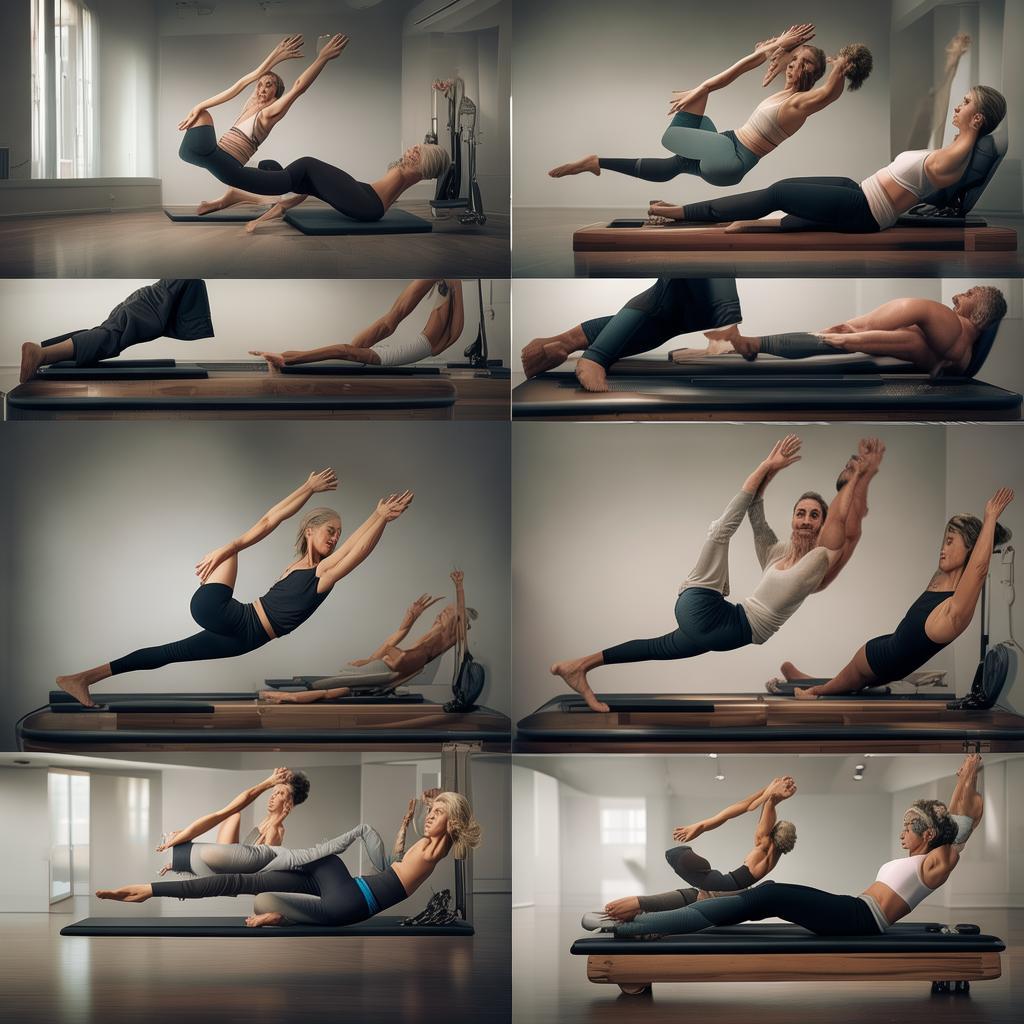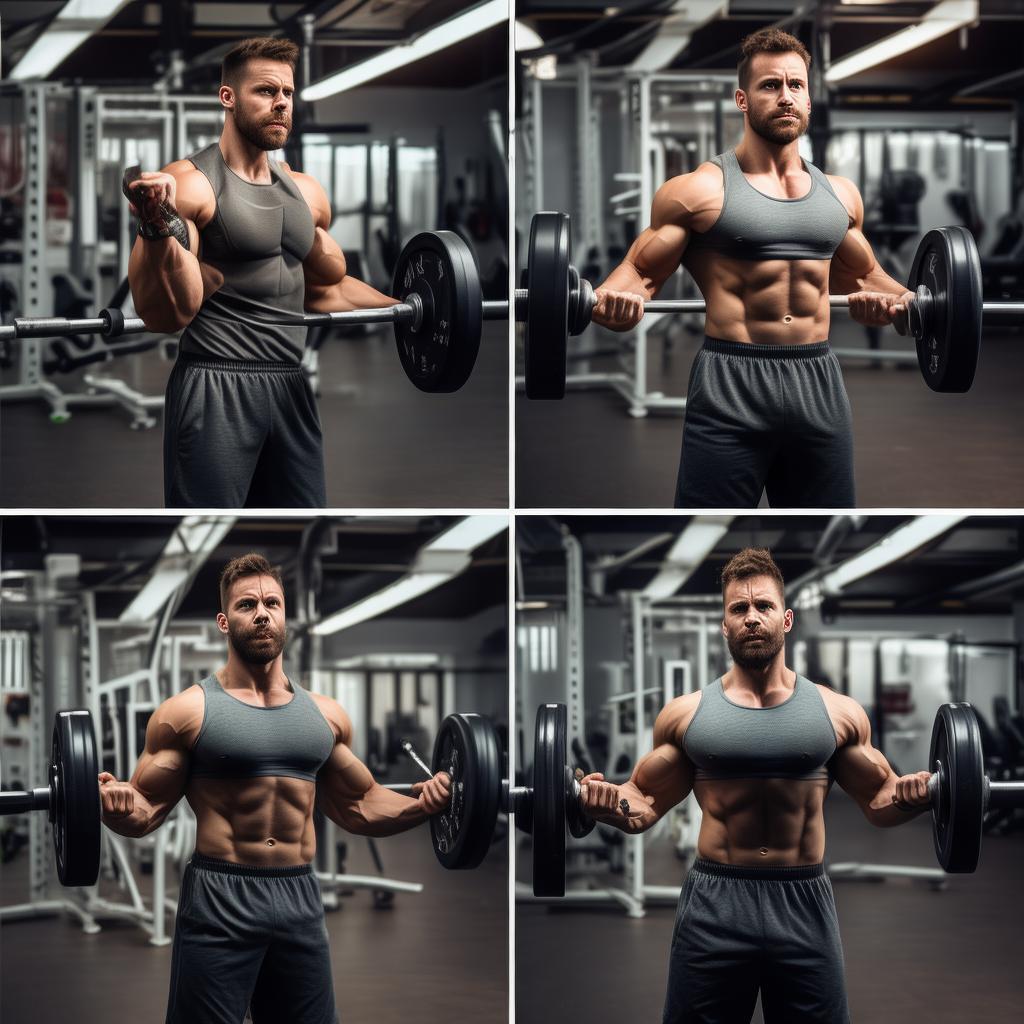The Significance of Deltoid Muscles
Whether you’re donning a sharp – looking suit or flaunting your masculine physique on the beach, well – shaped shoulder muscles play a crucial role. They give you an air of security in the eyes of others. Here, we’ll summarize a deltoid exercise plan to help more fitness beginners understand the process of deltoid training.
Understanding the Deltoid Muscle Group
The deltoid muscle, also known as the “Tiger head muscle”, has a triangular shape. It’s a muscle group located under the skin of the shoulder, wrapping around the front, back, and outer side of the shoulder joint. It’s a multi – feathered muscle consisting of the anterior, posterior, and middle bundles.
The anterior deltoid usually bears the most load. It makes the frontal shoulder muscles more aesthetically pleasing and is mainly responsible for the flexion, inward contraction, and inward rotation of the arm or shoulder during exercise. The posterior deltoid, although seemingly smaller in size, is the key to the overall shoulder shape, making the shoulder look fuller and more solid from any angle. It’s mainly responsible for the extension, abduction, and external rotation of the shoulder and arm during movement. The middle bundle of the deltoid muscle is the largest within the deltoid. It’s easily stimulated in training, and its development level determines the visual effect of the upper body. In movement, it can widen the shoulder circumference. If only the pectoral muscles are developed and the wide middle bundle is lacking, the body as a whole will look rather odd. During exercise, it’s mainly responsible for the abduction of the arm.
Key Considerations for Deltoid Training
When it comes to deltoid training, we need to consider weight, reps, sets, and rest time between sets. Some bodybuilders often struggle with formulating these. In fact, all strength training involves a combination of light and heavy weights. Heavy – weight exercises are essential for making the deltoid pump stronger, while light weights focus on muscle endurance development and muscle contraction. When choosing large weights in training, the number of sets and reps should be adjusted relatively, with a low – rep, low – set approach. For light weights, to enhance muscle contraction and tension, a high – rep, high – set training method is the best choice. The rest time between sets should be determined according to the exercise heart rate. When the exercise heart rate or breathing basically returns to normal, the trainer can start the next set of training.
Actual Deltoid Exercise Movements
No matter which part of the body’s muscles you’re exercising, the choice of exercise movements is crucial. Your movements should be targeted and carried out in a combination of light and heavy ways. Generally, the sequence of deltoid strength training is: 10 – minute target muscle warm – up, 40 – 60 minutes of deltoid anaerobic exercise (including rest between sets), and 10 – minute deltoid stretching, with a training frequency of 2 – 3 times a week. Here are some specific actions:
Bench Lift Barbell
Movement essentials: The grip distance should be wider than the shoulders, and run the barbell vertically up or down until the arms are straight. Training intensity: Do 8 – 12 times per group, and keep doing 4 – 5 groups. Note: When pushing the barbell, make sure the elbows are close to the sides of the body.
Dumbbell Rowing
Movement essentials: Maintain a stable kneeling posture on a flat bench, with the upper body parallel to the bench or the shoulders slightly higher than the hips. Run the barbell vertically from the bottom to the armpits, hold the peak contraction for a few seconds, and then return to the starting point. Training intensity: Do 3 – 4 sets continuously, 8 – 12 times per set. Note: Only the shoulders and elbows move throughout the process, and other parts remain stationary.
Rowing Machine Training
Action points: Slightly lean back, and pull the rope towards the chest. The width of the hands gripping the bar can be the same as the shoulder width, and both positive and reverse grips are acceptable. Training intensity: Continuously do the action 10 – 12 times, and complete 3 sets. Note: During this action, the body remains motionless. When shoulder shrugging occurs, adjust the amplitude of the rope movement or appropriately lower the weight. The recommended interval time for each group of movements is 20 seconds, and the next group can be carried out when breathing is normal.





